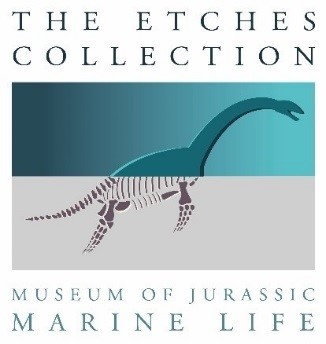Male v Female ammonites in the Late Jurassic: How do you tell them apart ?
/Within the 157-152 million year old Kimmeridge Clay Formation we often find ammonites of two main sizes, large and small, within any single horizon.
The larger ammonites (macroconch) are female and the smaller forms (microconch) are males. Many of the males also have extensions of their shell which are described as horns whilst some have a portion of the shell extended to form a horn on the last chamber (called a lappet). These ammonites are therefore sexually dimorphic i.e. the males and females of the same species look quite different from each other.
However, recently Steve has discovered examples of ammonites changing sex during their lifetime.
The Etches Collection Museum is located in Kimmeridge, Dorset on the World Heritage Coast and contains a nationally accredited and designated collection of over 2500 fossils from the Upper Jurassic Kimmeridge Clay Formation. The collection provides a major resource for education and research as well as being a major tourist attraction.
Watch the full story by clicking on the YouTube video above where Steve Etches presents evidence for sex-changing ammonites and offers a potential explanation for why this may occur.

